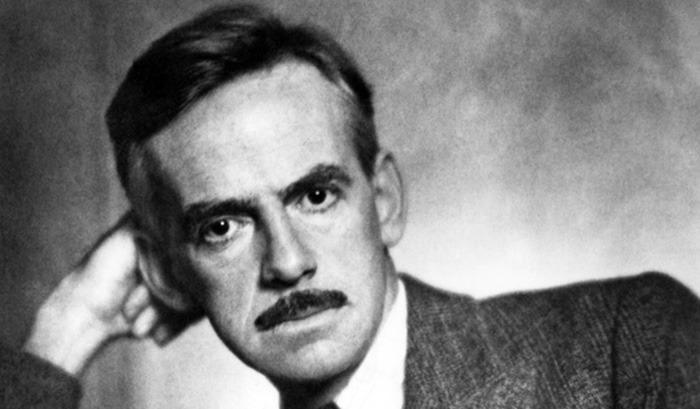[img]7|left|||no_popup[/img] Pulling a con on an audience takes a heavy pair of the proverbial cajones, but also a certain amount of finesse to keep the g-forces of sudden plot twists from inducing nausea. Alas, writer/director Tony Gilroy’s intoxication with rug-pulling means at least one rug too many is pulled from under the film, leaving behind the deadliest of questions: what was the point?
The set-up is the classic progeny of everything from “The Sting” and “Sneakers” to “Ocean’s Eleven” and its relatives; two spies hatch a plan to play two ruthless corporations – manufactures of body care products! – off each other and reap the rewards. But while the tone aims for wink-wink-nudge-nudge with a measure of gravitas to make the spy-counterspy machinations of the plot turn smoothly, the effect is neither elegant nor witty. The constant unsettling of assumptions, the endless reversals, leaves nowhere for the plot and characters to achieve a point of balanced suspension. It’s the old “what can we believe” gag, and while the trick is the point for this kind of story, it becomes especially frustrating when, at the end, there is little sense or payoff to be had. Unleashing a bunch of hungry sharks into the tank, two of which are the rival corporations’ CEOs played in true character-actor fashion by Paul Giamatti and Tom Wilkinson, and watching them go after each other may make for a fun game but after a while, it all becomes rather tedious. Throw in the bad form of declaring a winner in an ending meant to be ironic but that comes across instead as cheap manipulation, and even the elation of popcorn entertainment gets puffed away in smoke. If you’re going to pull the rug out from under everything in an attempt to remove all support, there are no points for refraining from tearing the floor apart too.
For all the film’s forgivable flaws – the awkward use of flashback and the dishonest use of not-quite-sensible plot developments to serve a duplicitous storytelling agenda – it’s the ending that doesn’t play fair with viewers who diligently track each turn of the plot. The ultimate reveal smacks of arbitrariness; it’s the solution to a puzzle that isn’t logical or necessary, but is, instead, one of any number of thin air solutions that could be applied or not applied without any serious consequence.
At least Clive Owen and Julia Roberts, two actors whose charm is as unfailing as their skill, make for attractive leads, leaving open the hope of watching these two pair off in a future film a la Steed and Mrs. Peel. The film’s dramatic heart, centered on the question as to how two people whose lives are defined by deception can find in themselves the capacity to trust, is a good one, and I wish the film had better used their chemistry and ability to bounce loaded dialogue off each other to explore the issue. But “Duplicity” is a plot movie, not a character piece, and as welcome as it is to have a romance in the midst of double-dealing and triple-crossing, what little satisfaction there is to be extracted comes from how Gilroy plays the game rather than the game’s rules, players, or outcome. This is a film that gleefully hoists itself on its own petard and takes the audience along with it.
Entertainment Value: * (out of two)
Technical Quality: * (out of two)
Duplicity. Written and directed by Tony Gilroy. Starring Julia Roberts, Clive Owen, Tom Wilkinson, Paul Giamatti, Tom McCarthy, and Denis O'Hare. 125 minutes. Rated PG-13 (for language and some sexual content).
Frédérik invites you to discuss this film and more at his blog.







